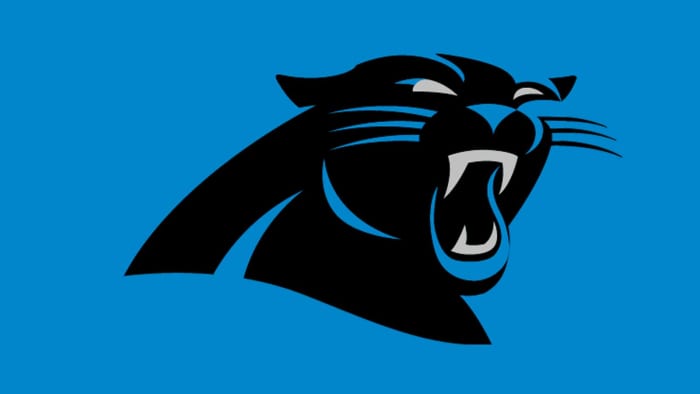Leading up to and during the NFL Draft, you'll hear plenty about "draft trade value charts" and the wisdom of selecting "the best player available."
But what, exactly, do these terms mean? Are they just draft-speak, words that teams actually live by, or something somewhere in between?
Let two Panthers general managers, one past and one present, attempt to explain.
First, the oft-mentioned draft value charts (yes, there are more than one) are frequently used to help teams determine what picks should be exchanged in draft day trades, according to current Panthers general manager Dave Gettleman.
"(Former Dallas head coach) Jimmy Johnson was the guy who came up with that. I don't know if he did it or he had some analytics guy do it, but he assigned a point value to every pick," Gettleman said. "So theoretically, if I'm at pick 15 and that's worth 1,000 points, and I want to move up five slots and that pick is worth 1,500 points, I've got to give up 500 points down the road. That was the theory of it."
Former Panthers general manager Marty Hurney further explained: "All the chart is is a guide for the compensation you would get. If you're trading a higher draft pick for a lower one, then the chart gives you an idea of what round the additional pick you should get for giving up the higher pick should be.
"So if we had the 12th pick in the draft and we're trading back to 16, let's say the 12th pick had a value of 800 and the 16th pick was worth 600. So that's a difference of 200 points. So then you look at the chart and go through the draft and say, 'OK, what pick in the draft has the number of 200 next to it?' Let's say it's a fourth-rounder. And you say, 'OK, then, if we trade the 12th pick for the 16th, then we should ask for a fourth-round pick as compensation.'
"Plus, you look at past years and at what trades were made in that area of the draft and what teams got for those trades. And then you come up with a pick that you ask for."
In other words, the chart is merely a guideline for helping set up trades so no one gets ripped off. Further muddying the waters is the fact that there are several versions of the draft value chart.

"It was originally developed on a 12-round draft," Gettleman said. "Now it's down to seven rounds, and there are several of them out there. You want to say (to other general managers), 'Guys, can we all agree on what we're going to do here, what chart we're going to look at?' But that's not going to happen."
Hurney confirmed that there were multiple versions of the draft value chart during his 10-plus years as the Panthers' general manager, too. Gettleman succeeded Hurney in the job in time to prepare Carolina for the 2013 NFL Draft.
"I don't know about other people, but I've never been a statistics guy as far as going right by the numbers. So we never used the draft value chart like that," Hurney said. "You also look at history. You look at what trades were made, what people got for the area that you were going to try to trade for. Just like any part of the draft process, there's no exact science. A lot of it is what you think is the best decision for your organization."
Along those same lines, when general managers say they're always looking for "the best player available," they mean it. It's just that occasionally a big-name prospect will drop further than expected or a player in a position of need will fall further than projected, causing some personnel men to flinch on draft day.
Gettleman explained why it's so important to stick to your evaluations and always take the next player up on your own draft board, no matter what outside noise or temptation may develop at the last minute.
"It's important because if you draft on a need basis, you're going to reach," Gettleman said. "You're sitting in the first round and say, 'I need this.' But if you have a second-round value on the best player you have rated at this position and you reach for him, nobody cares that you had a second-round value on him. You took him in the first round. It creates unrealistic expectations.
"So if you reach, more often than not you're going to get burned. It doesn't work."
Yet Gettleman said there are teams who succumb to last-minute temptations and go against their own draft boards, especially when a "name" prospect in a position of need falls further than expected. The problem is that when players drop in a draft, there usually are solid reasons for it.
"It happens," Gettleman said. "It happens, because the pressure to fill that position can overwhelm you. People will succumb to that pressure. It happens all the time."
So when all is said and done, after the charts have been examined, phone calls regarding possible trades have been exhausted and the time to pick is upon a team, it's best to keep it simple and stick very strictly to your established drafting philosophy, according to both Hurney and Gettleman.
"You go by what player is there and what the best decision is for your team," Hurney said.
Gettleman added: "What it comes down to is do you want the guy or not? Do you want to move up or do you want to move back? What are you willing to give up? Or do you want to stay right where you are and take the next-best player you have rated on your board, regardless of what position he plays or what people may say about it?"














